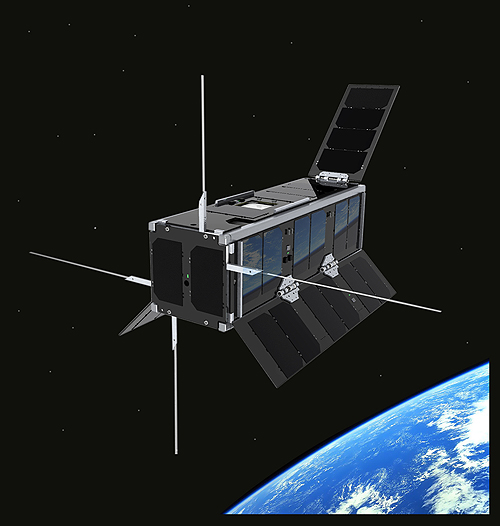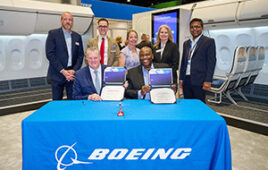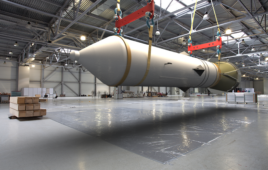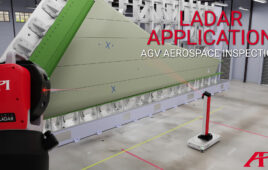Edited by Paul J. Heney, Editorial Director
UKube-1 is the UK Space Agency’s first CubeSat mission and Scotland’s first satellite. Its journey into space is expected to launch from the Baikonur Cosmodrone in Kazakhstan later this year.
Payloads in UKube-1 include the first GPS device aimed at measuring plasmaspheric space weather; a camera to take images of the Earth and test the effect of radiation on space hardware using a new generation of imaging sensor; and an experiment to demonstrate the feasibility of using cosmic radiation to improve the security of communications satellites and flight test lower cost electronic systems. It will also carry five experiments that U.K. students and the public can interact with and an outreach program that also allows school children to interact with the spacecraft.

Nano-satellites, or CubeSats, are miniaturized satellites used in space research and exploration and generally measure 10 cm x 10 cm x 10 cm, with a mass of less than 1 kg. The design has been developed to enable workable satellites to be produced at low cost for research purposes. Clyde Space is working with Maxon Motor to improve the future CubeSat attitude control; improvements would open the opportunity to even greater applications for these Nano-satellites, such as earth observation with high resolution camera’s or transmitting high bandwidth data, space science, astronomy, and verification of new technologies in orbit.
Maxon Motor U.K. and Clyde Space together have developed a full three-axis attitude control system based on a torque reaction positioning system that uses a reaction/momentum fly wheel. The reaction wheel is driven by a Maxon brushless dc motor. By changing the speed of the flywheel, a reactionary torque is applied to rotate the satellite around an axis and by maintaining the rotation the CubeSat is stabilized. Several reaction/momentum wheels are used to provide full three-axis attitude control and stability. Clyde required a cost effective solution and chose a standard off-the-shelf brushless dc motor with 20-mm diameter; Maxon then modified the product to meet the application environment and supplied and fitted the flywheel, as well as dynamically balanced the complete assembly.

“We are now able to offer our customers a full three-axis attitude control system based on off-the-shelf components,” said Craig Clark, CEO, Clyde Space. “The involvement of Maxon Motor in this project has been fundamental in developing the torque reaction drive. We have worked with Maxon to ensure the brushless dc motors survive the high vibration and shock load challenges seen on rocket launches and the high thermal cycling and radiation levels experienced in orbit. It is refreshing to see a customized off-the-shelf product meet this demanding environment rather than use a custom-built designed motor with the cost implications involved.”
Maxon Precision Motors Inc.
www.maxonmotorusa.com
Filed Under: Aerospace + defense, Motion control • motor controls





How much does that baby go for?